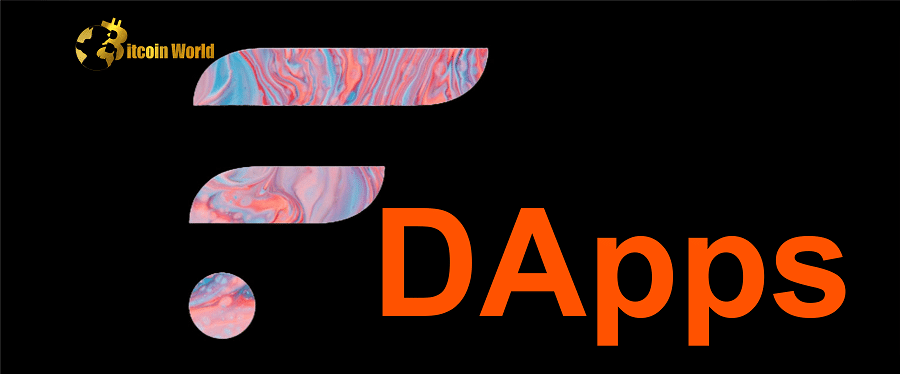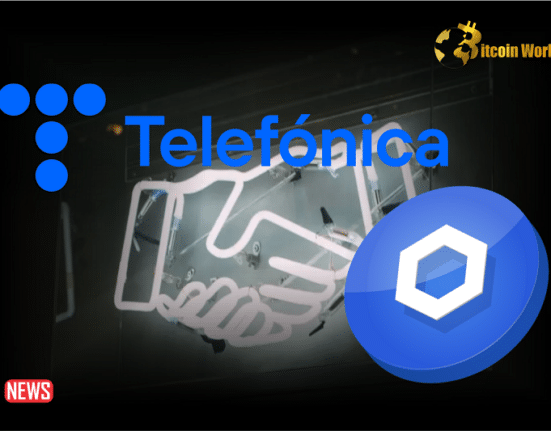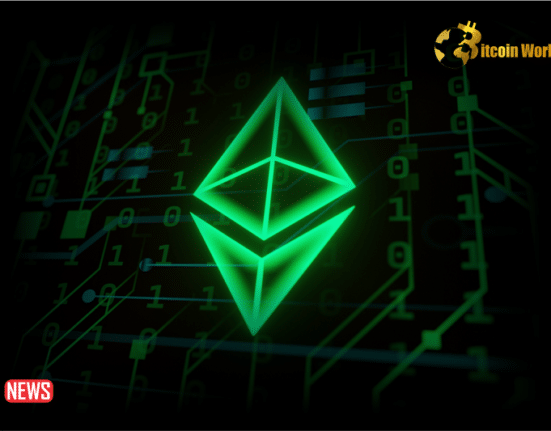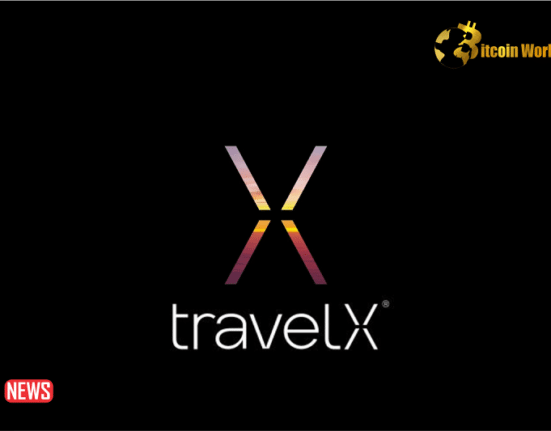EVM blockchain at Layer 1 Flare goes live, with the goal of providing developers with a platform for building decentralized interoperable applications.
Flare, a new layer-1 Ethereum Virtual Machine blockchain platform, has launched two core protocols to power decentralized interoperability applications.
The platform functions as an oracle network, allowing developers to create applications that are designed to be interoperable with various blockchains, internet platforms, and services.
Flare’s application-building suite is powered by two protocols. Its State Connector protocol allows information and data from various blockchains and internet sources to be used securely and at scale using smart contracts. The functionality is said to provide powerful data to the network and make cross-chain solutions easier to develop.
Meanwhile, the Flare Time Series Oracle (FTSO) sources and distributes decentralized price and data feeds to layer-1 blockchain-based decentralized applications (DApps). The FTSO smart contract, according to Flare’s technical documentation, provides continuous estimates for various types of data.
Data is retrieved from external sources such as centralized and decentralized exchanges by independent providers and supplied to the FTSO system. The data is weighted based on each provider’s voting power, and a median is calculated to produce the final estimate.
This serves as an incentive system for data providers, who are rewarded for supplying price pairs and other information from various sources that are close to the median value.
The Ethereum Virtual Machine is run by the protocol’s two networks, Songbird and Flare, allowing Ethereum contracts and tools to be used in the development of smart contracts and applications. These layer 1 networks, however, operate independently of the Ethereum mainnet.
The platform launch details shared with Cointelegraph emphasize the importance of providing secure data access. Hugo Philion, CEO and co-founder of Flare, believes that the two protocols will enable new applications for blockchain technology, such as triggering a Flare smart contract with a payment made on another chain or input from a traditional website. “It also enables a new way of bridging, specifically to bring non-smart contract tokens to Flare for use in applications such as DeFi protocols,” he said.
Flare launched its token airdrop on January 9, distributing 4.27 billion FLR tokens to millions of users across various cryptocurrency exchanges. The airdrop itself was a significant milestone, as developers can now begin using Flare’s EVM and data acquisition protocols.
The initial token distribution distributed 15% of the total public token allocation, with the remainder scheduled to be released monthly over the next 36 months. The method for allocating the remaining token supply will be decided by a community vote via Flare Improvement Proposal 01.















